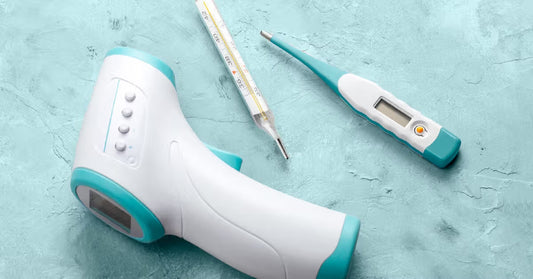
À propos des masques non médicaux et des revêtements faciaux
How to protect others
The best thing you can do to prevent the spread of COVID-19 is to wash your hands frequently with warm water and soap for at least 20 seconds. If none is available, use a hand sanitizer with at least 60% alcohol.
To protect others, you must also:
- stay at home
-
maintain a physical distance of 2 meters from others
- when physical distancing cannot be maintained, consider wearing a non-medical mask or homemade face mask
- avoid touching your face, mouth, nose or eyes
Wearing a homemade face/non-medical mask in the community has not been proven to protect the wearer and is not a substitute for physical distancing and hand washing.
However, this may be an extra step taken to protect others around you, even if you don’t have any symptoms. This can be useful for short periods, when physical distancing is not possible in public places, such as when grocery shopping or using public transportation.
Proper Use of a Non-Medical Mask or Face Mask
When worn correctly, a person wearing a mask or non-medical mask can reduce the spread of their own infectious respiratory droplets.
Non-medical masks or facial coverings should :
- allow easy breathing
- fits securely to the head with ties or ear loops
- retain its shape after washing and drying
- be changed as soon as possible if it is wet or dirty
- be comfortable and not require frequent adjustments
- be made of at least 2 layers of tightly woven fabric (such as cotton or linen)
- be large enough to completely and comfortably cover the nose and mouth without gaping
Some masks also include a pocket to accommodate a paper towel or disposable coffee filter, for added benefit.
Non-medical masks or coverings should not :
- be shared with others
- impair vision or interfere with tasks
- be placed on children under 2 years old
- be made of plastic or other non-breathable materials
- be secured with tape or other inappropriate materials
- be made exclusively of materials that disintegrate easily, such as fabrics
- be placed on anyone unable to remove them without assistance or on anyone having difficulty breathing
Boundaries
Homemade masks are not medical devices and are not regulated like medical masks and respirators. Their use poses a certain number of limits:
- they have not been tested according to recognized standards
- the fabrics are not the same as those used in surgical masks or respirators
- the edges are not designed to form a seal around the nose and mouth
- they may not provide complete protection against virus-sized particles
- they can be difficult to breathe and can prevent you from getting the amount of oxygen your body requires
These types of masks may not be effective in blocking virus particles that can be transmitted through coughing, sneezing or certain medical procedures. They do not provide complete protection against virus particles due to a potential loose fit and the materials used.
Medical masks, including surgical face masks and medical face masks and respirators (such as N95 masks), should be saved for healthcare workers and others providing direct care to COVID-19 patients.







